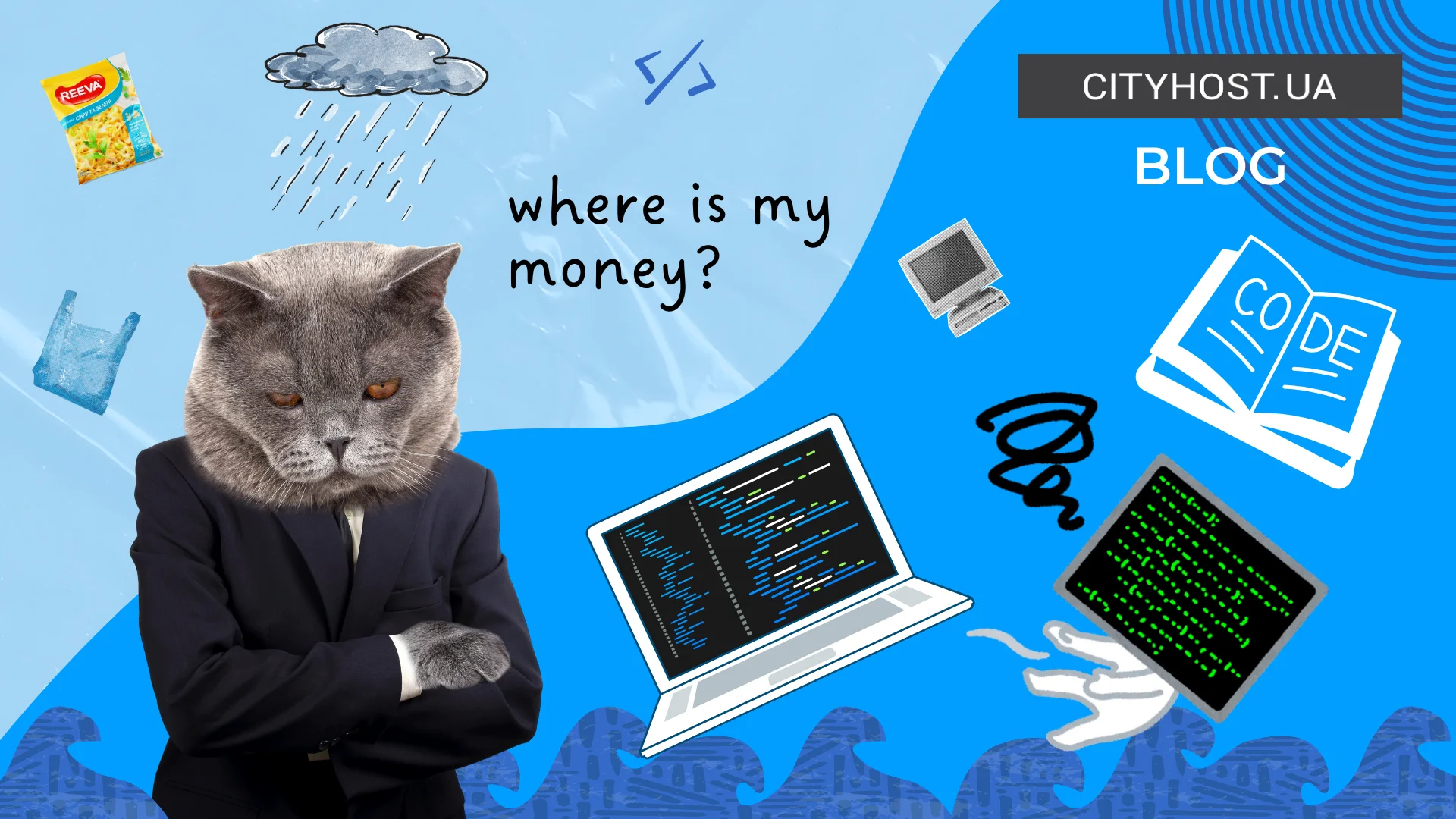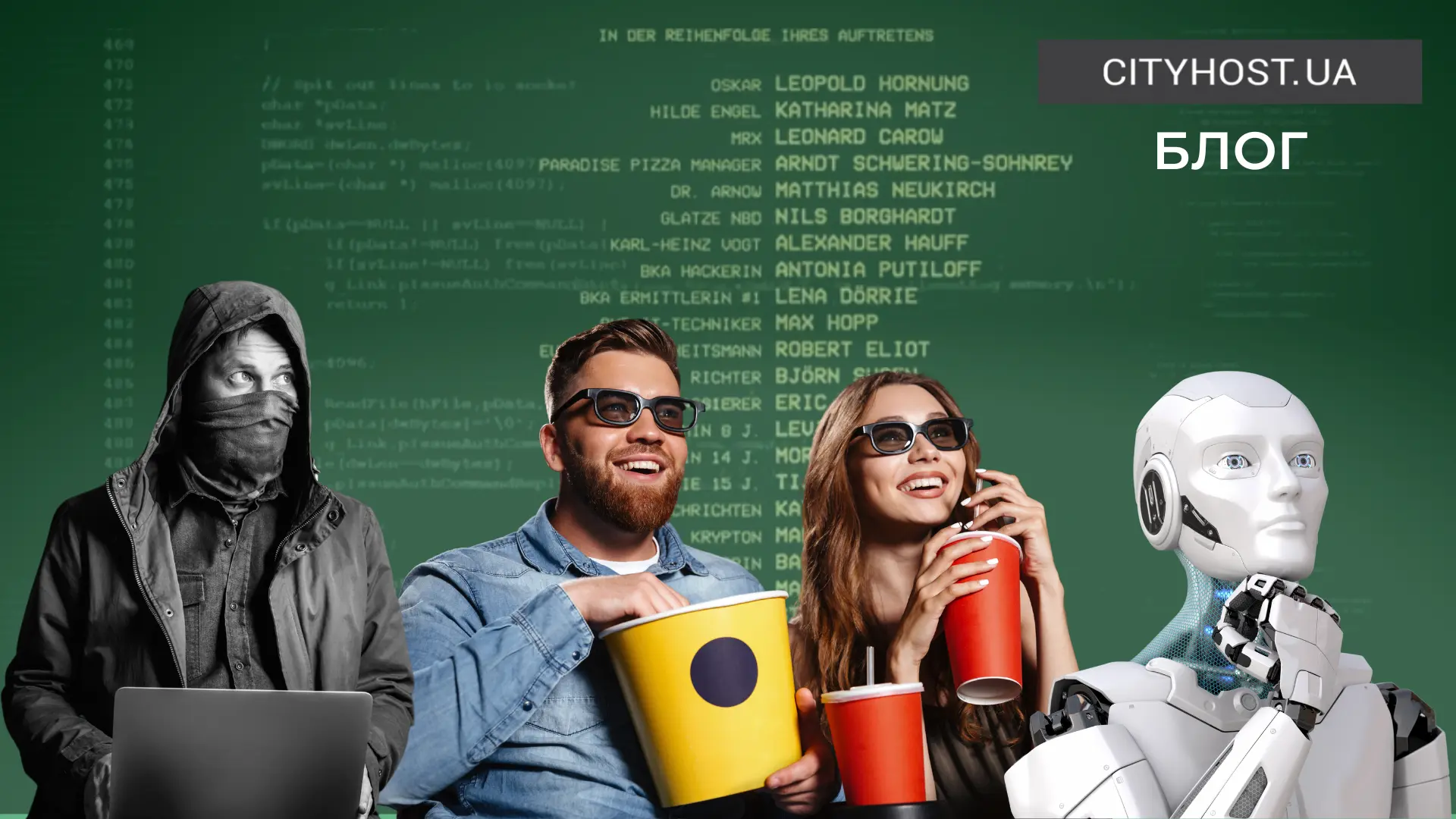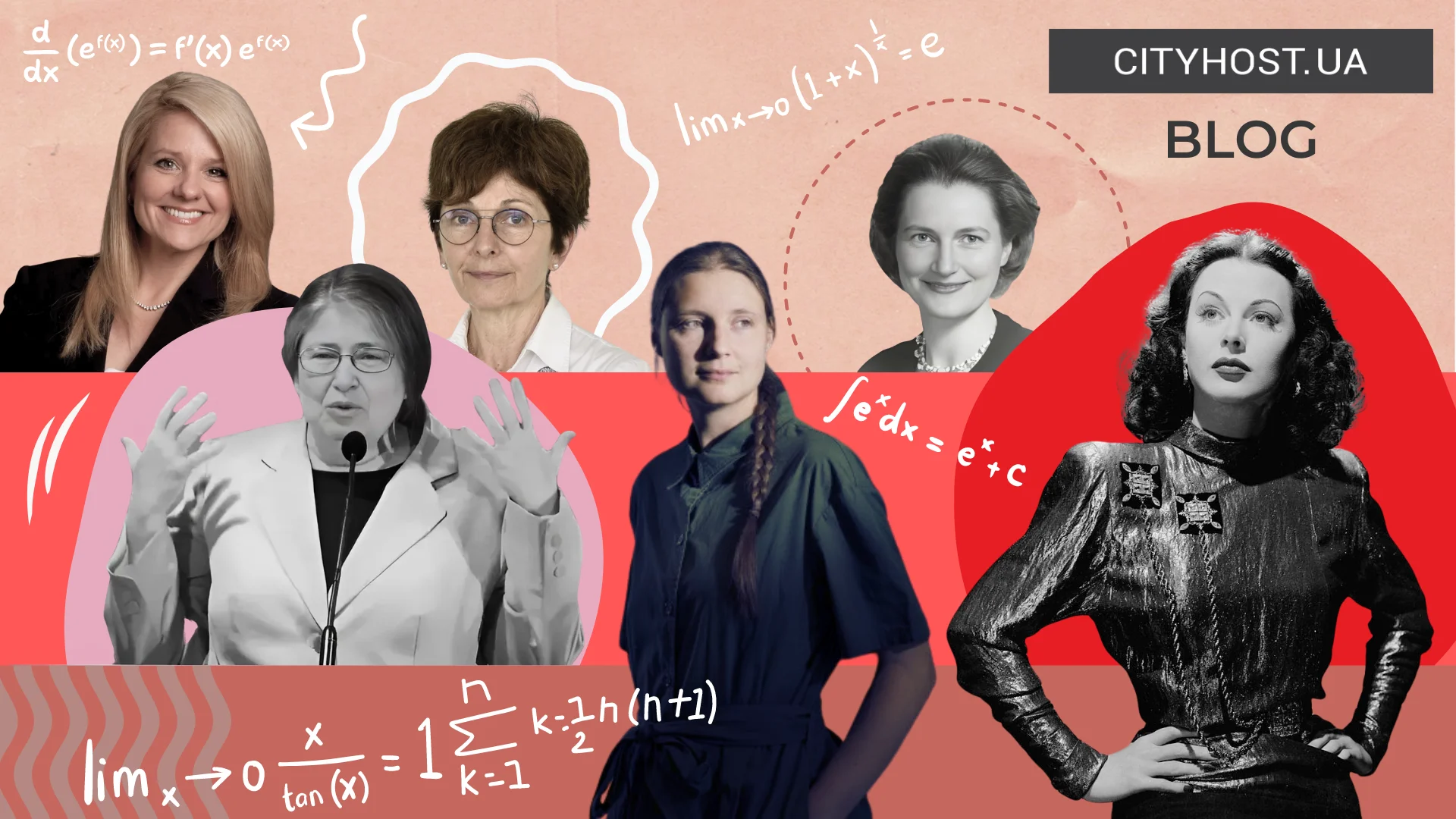
- Hedy Lamarr
- Karen Spärck Jones
- Erna Schneider Hoover
- Kateryna Yushchenko
- Radia Joy Perlman
- Elizabeth Feinler
- Maryna Viazovska
- Magali Vaissière
- Sofia Lysenko
- Gwynne Shotwell
On the second Tuesday of October, the world celebrates Ada Lovelace Day — a day dedicated to women in technology and mathematics. Ada Lovelace, born Byron, was a countess, so she could have spent her life focused on fashionable clothing and socializing. But instead, she not only received an education but also had a passion for studying the exact sciences, to which she dedicated her entire life. She is considered one of the first, if not the first, programmers in the world: Ada created the first-ever program for Charles Babbage's analytical machine. She believed that any concept could be expressed mathematically and suggested that analytical machines could simulate calculations for various processes.
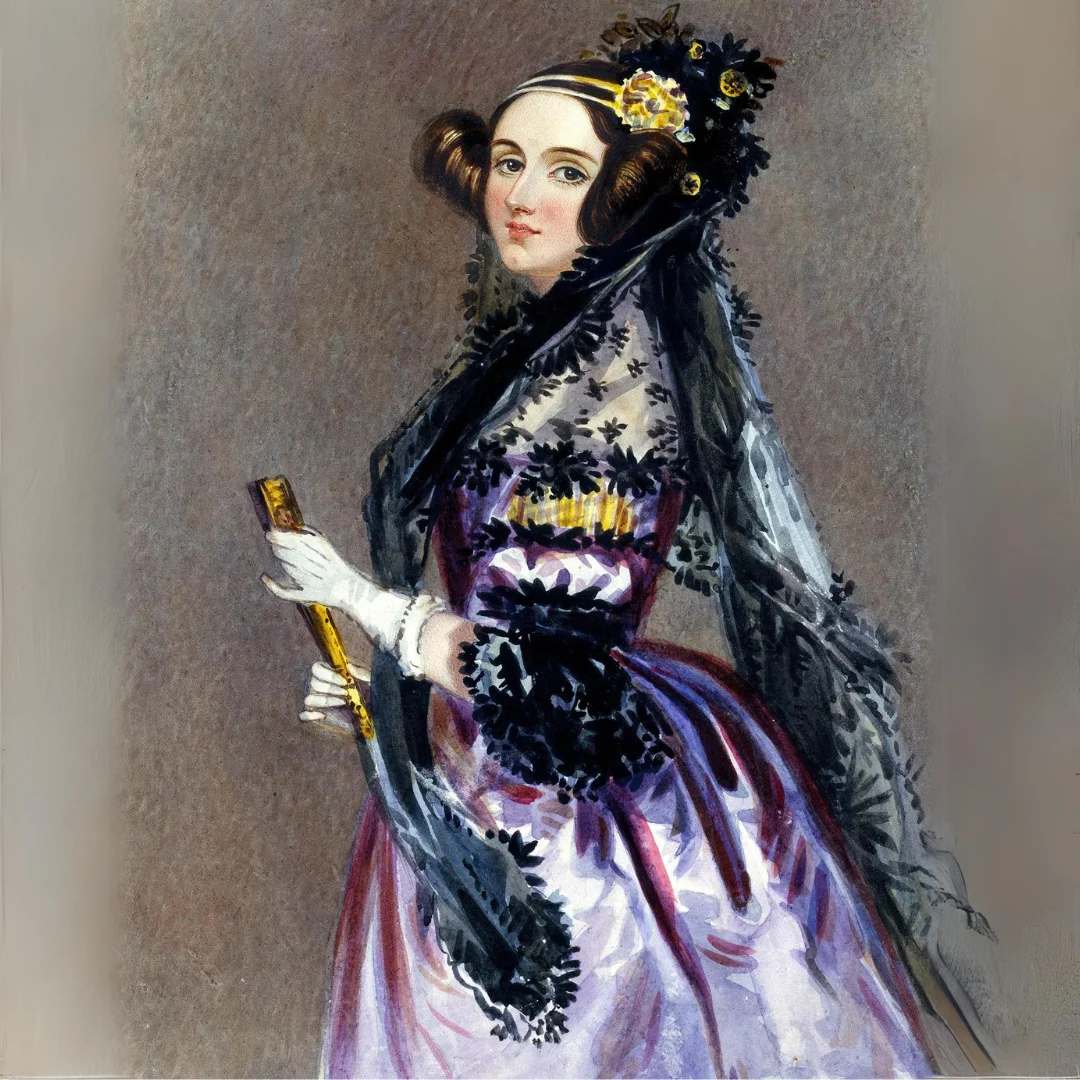
On Ada Lovelace Day, we also remember other women who worked in mathematics, computer science, and technology. Let's talk about them too.
By the way, the first home computer user was a woman. American programmer Mary Wilkes, the developer of one of the first operating systems, started using a computer at home in 1965, becoming the first in the world to do so.
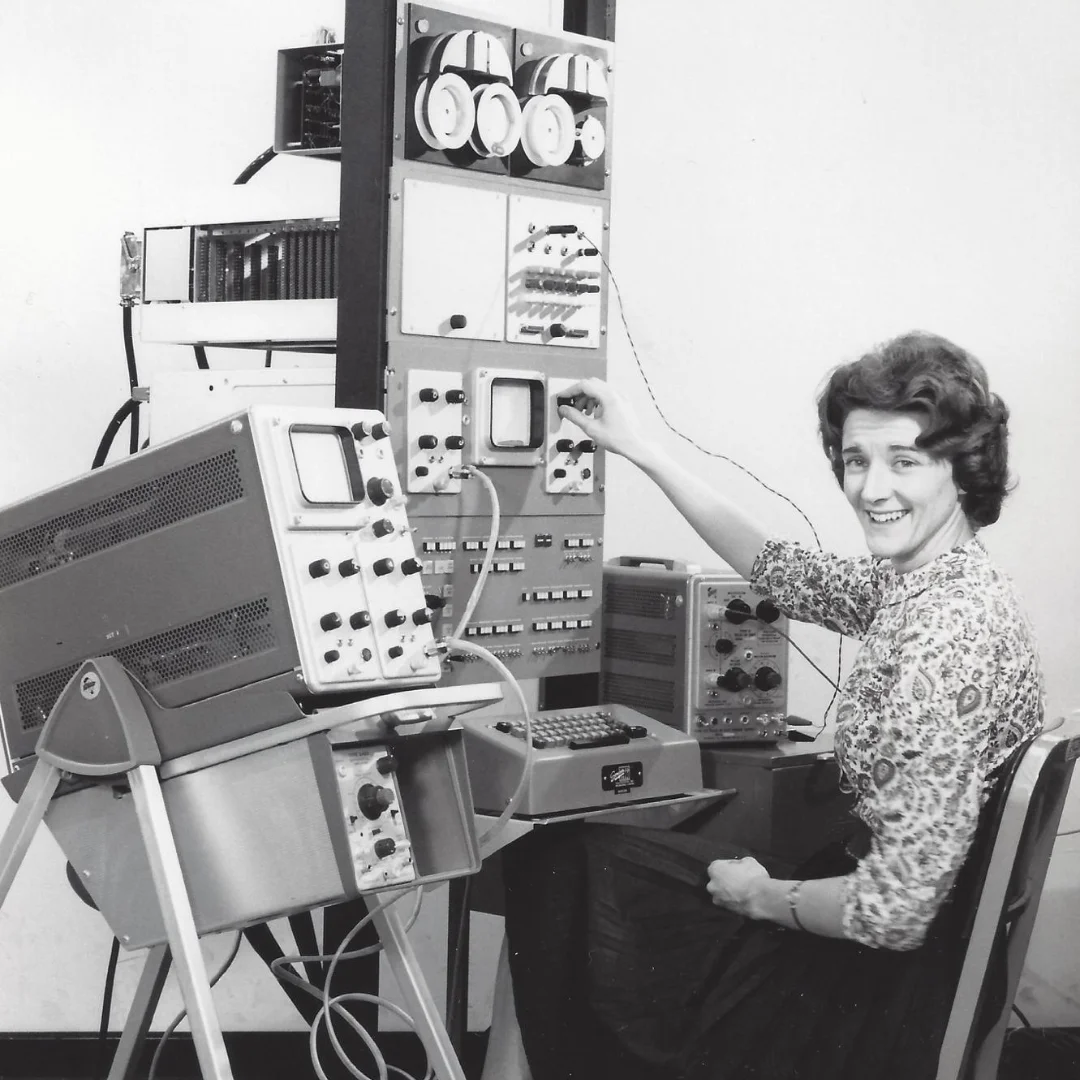
Read also: Inventions of Ukrainians in the IT industry
Hedy Lamarr
It’s impossible to begin such a collection without this remarkable woman — a Hollywood actress and simultaneously an inventor. Hedy’s father was from Lviv, and she was born in Vienna. In her adult life, she acted in Hollywood and engaged in scientific research.
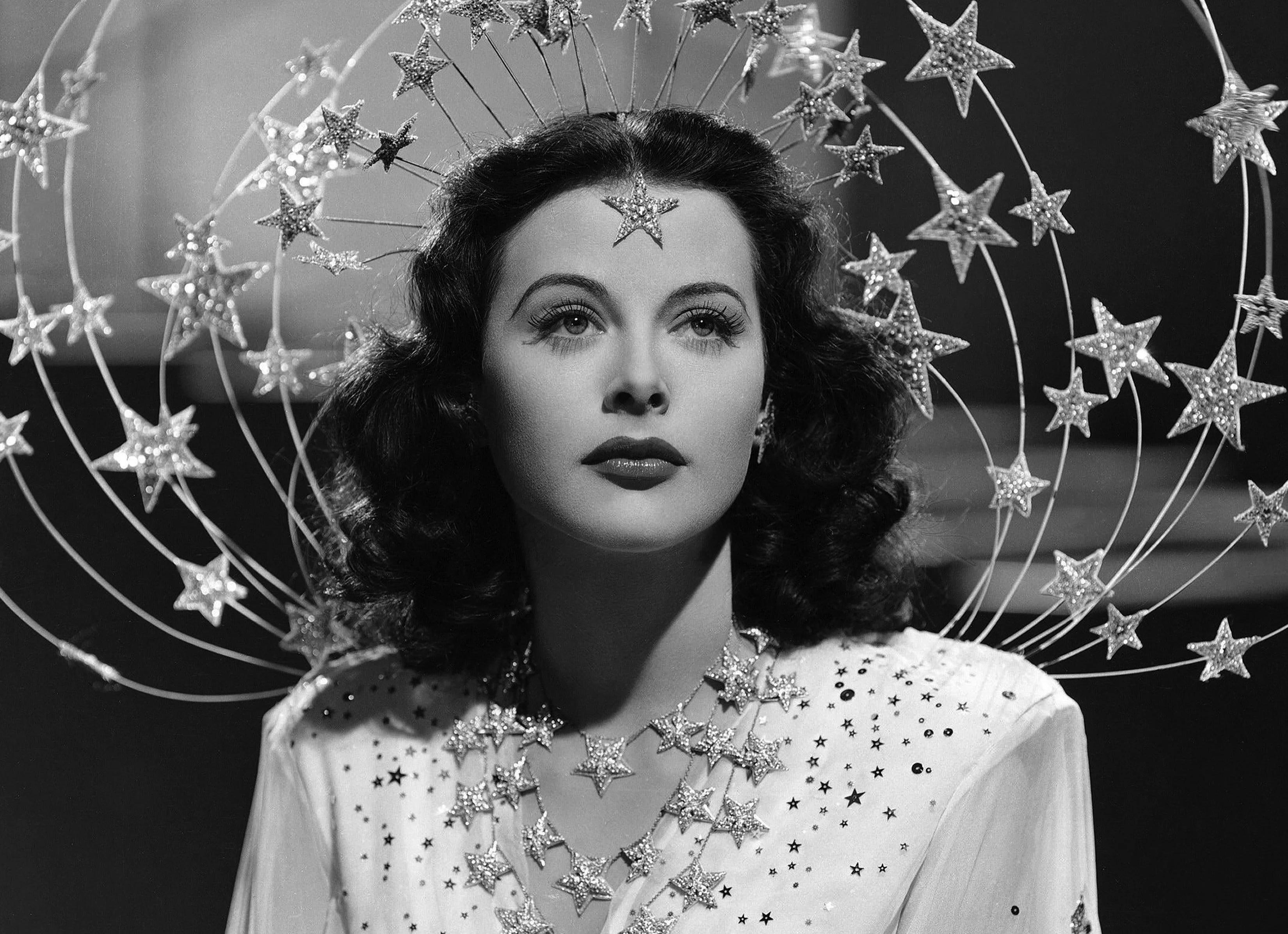
During World War II, Hedy Lamarr invented methods for spread-spectrum communication and frequency hopping. Her co-author in this research was composer George Antheil — a paradox in the context of the supposed antagonism between artists and technologists, don’t you think? The same principle of spread-spectrum communication, which Hedy patented for remote control of torpedoes, is the foundation of modern Wi-Fi and mobile communication.
Karen Spärck Jones
This British scientist (and no, not like the ones from jokes) was at the forefront of what we now call search engines. Karen worked on natural language processing, enabling us to search for information using keywords. She is credited with the concept of inverse document frequency, a key principle in keyword weighting. The last work Karen Spärck Jones, who passed away in 2007, was involved in was directly related to the development of artificial intelligence.
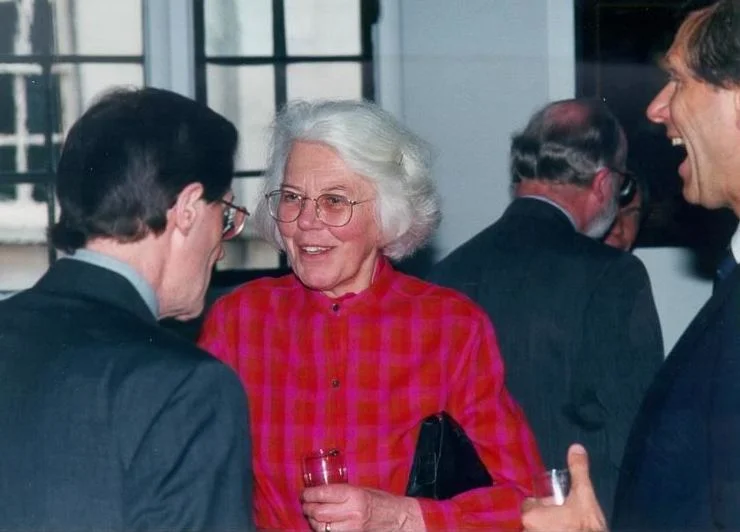
She lived a quiet life in her own cottage, was married for many years to a fellow colleague, and worked diligently every day. One of her well-known quotes is, "Computing is too important to be left to men".
How the Internet changed the world: TOP-10 usual things and phenomena that might not have existed
Erna Schneider Hoover
This American programmer became one of the first in the world to hold a software patent in the 1970s. The patent granted ownership of a "Feedback Monitoring System for Data Processing via a Programmed Arrangement".
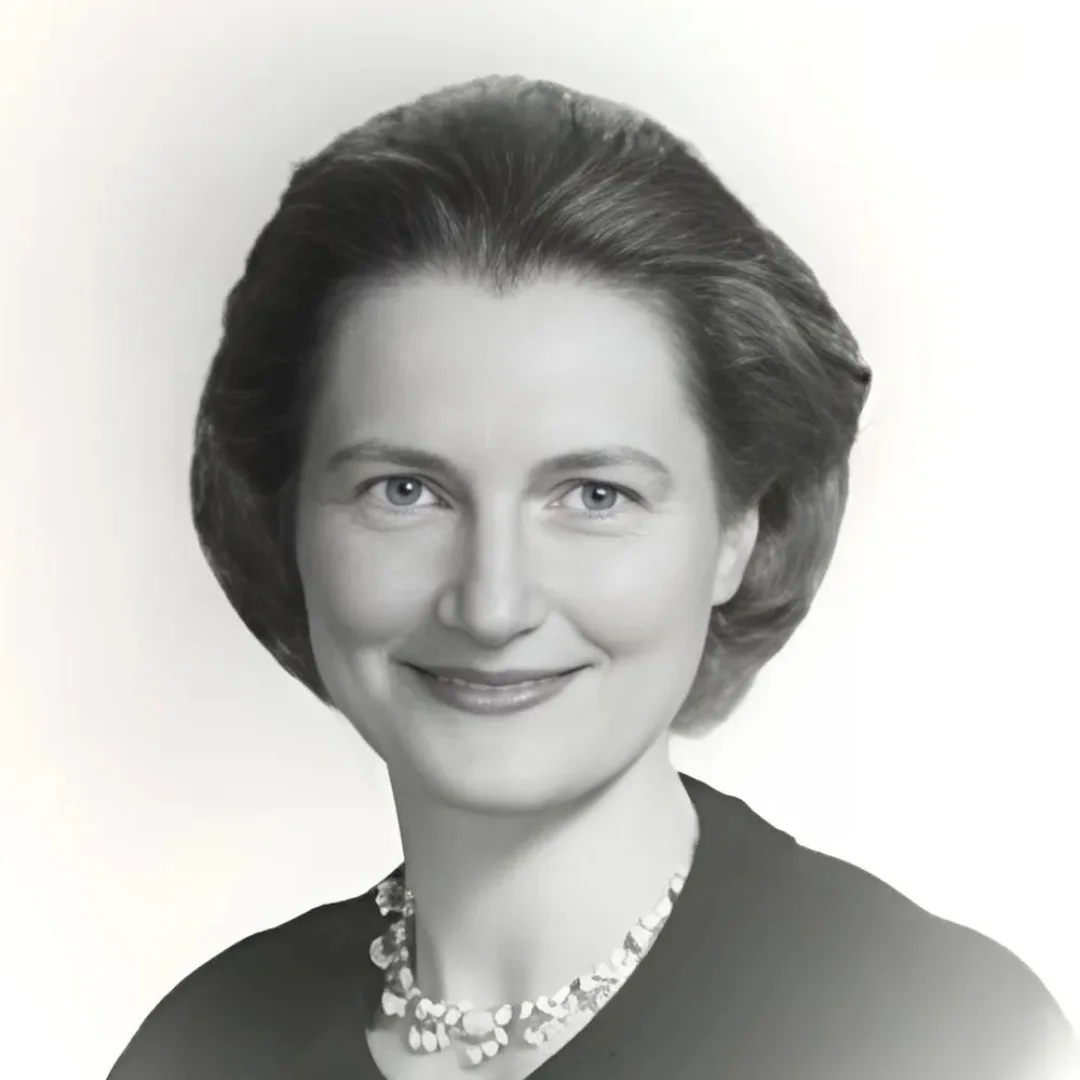
This invention allows for the automatic ranking of calls and prevents line overload, enabling call centers to operate efficiently. The same principle is used in a wide range of telecommunications equipment.
Kateryna Yushchenko
This mathematician made a significant contribution to the development of computers in Soviet-era Ukraine and the USSR as a whole. She was born in 1919 and lived through an entire era, passing away only in 2001.

Kateryna Yushchenko is credited with the idea of address programming, which was implemented in 1954, predating Harold Lawson, who worked on the topic in 1964. Address programming involves specifying not numbers in the program but the memory cell addresses where they are stored. The address language was used in most Soviet computers of the first two generations.
Radia Joy Perlman
This inventor is sometimes called the "mother of the internet". Even her first job in the early 1970s was as a part-time programmer. She created the Spanning Tree Protocol, which optimizes network connections by eliminating packet loops.

Interestingly, Radia described the workings of the protocol using a poem, similar to those written for children to help memorize school rules more easily.
***
I think that I shall never see
A graph more lovely than a tree.
A tree whose crucial property
Is loop-free connectivity.
A tree that must be sure to span
So packets can reach every LAN.
First, the root must be selected.
By ID, it is elected.
Least-cost paths from root are traced.
In the tree, these paths are placed.
A mesh is made by folks like me,
Then bridges find a spanning tree.
By the way, here is a video in which Radia herself performs this verse in the form of a song.
Elizabeth Feinler
During the decade between the late 1970s and the late 1980s in California, this scientist launched the Network Information Center, considered a precursor to Google and other modern search engines.
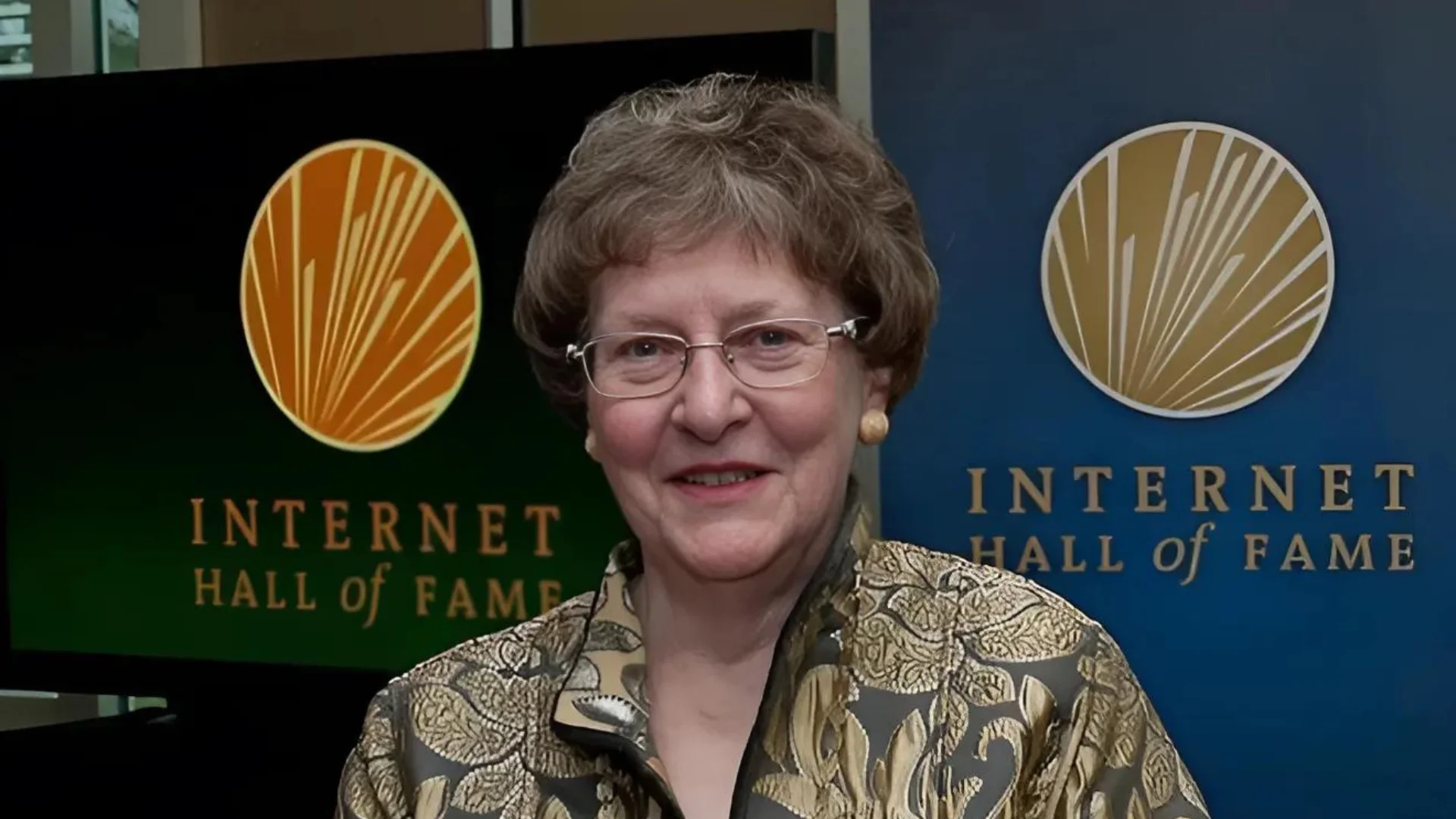
It was there that the first "white" and "yellow" pages were developed to help navigate the internet. Elizabeth's team also devised the addressing scheme for domains such as .com, .edu, .gov, .net, and others that are still in use today.
Maryna Viazovska
She is the second woman in the world to receive the Fields Medal, an award for outstanding contributions to mathematics, given to scientists under the age of forty. Born in 1984, Maryna’s career peak is still ahead.

She is already well-known for solving part of Hilbert's 18th problem (sphere packing in 8-dimensional space). This problem was first formulated in the 16th century and remained unsolved for a long time. It eventually made its way onto Hilbert's list of 23 unsolved problems, compiled at the beginning of the 20th century. The previous solution for 3-dimensional space took up 300 pages, while Maryna’s solution for 8-dimensional space was limited to just 23 pages.
Read also: The history of the development of digital media — from punch cards to cloud storage
Interestingly, when it comes to modern women in IT, the most visible figures today are not scientists or inventors, but company executives, marketers, and co-founders. However, there’s a simple reason for this: implementing innovations often takes much longer than expected. Hedy Lamarr was known during her lifetime as an actress, while Wi-Fi, based on her ideas, appeared not so long ago. So, nearly half a century passed between her military-oriented concept and its civilian application, which most of humanity now relies on daily.
Who else do we have?
Magali Vaissière
This Frenchwoman became the first woman to lead the technical department at the European Space Agency. In 2013, she took this position at the European Centre for Space Applications and Telecommunications, which focuses on satellite technologies. In 2018, Magali was included in Forbes' global list of notable women in technology.
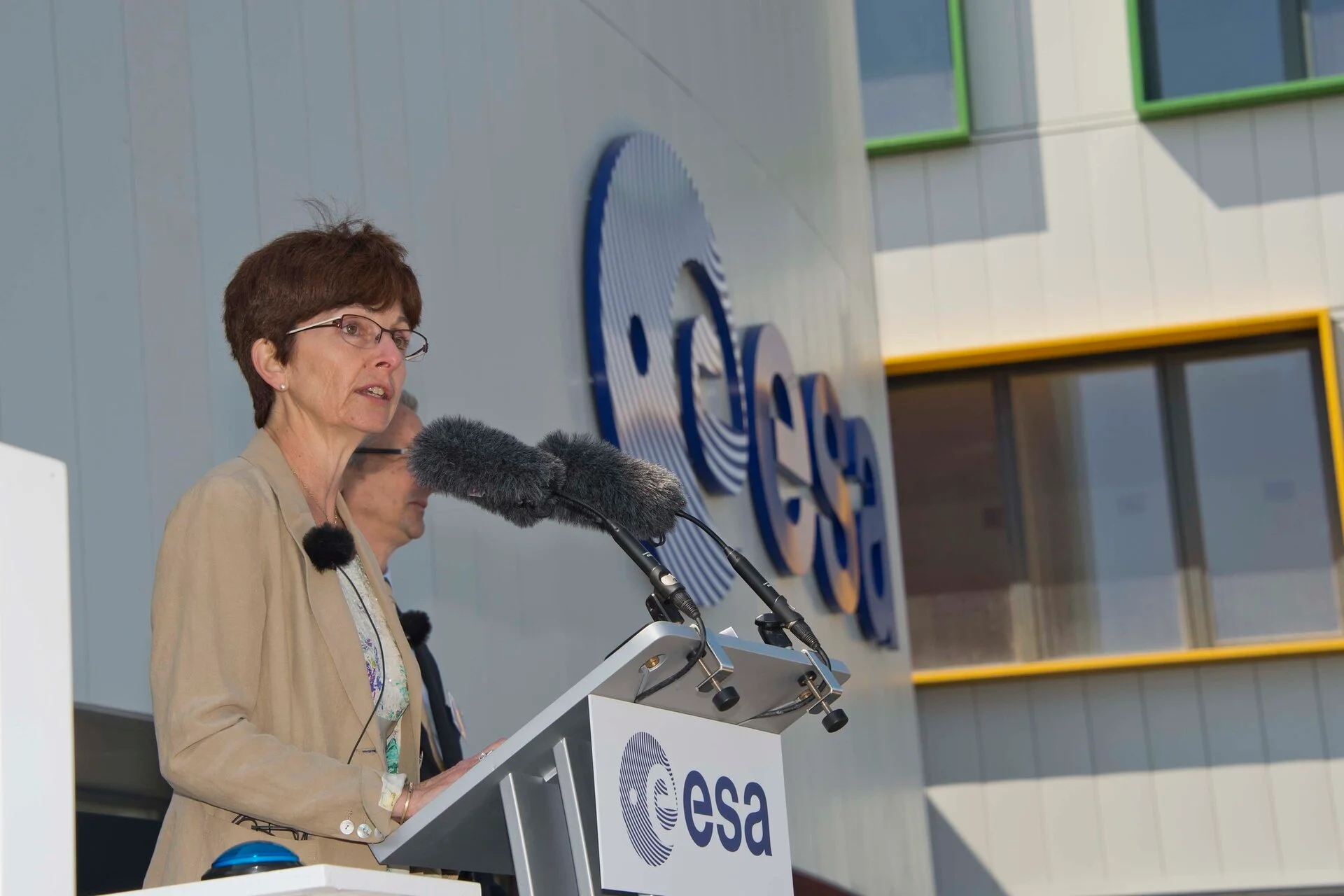
In 2023, Magali left her position after 10 years of continuous service. She states that her main achievement is the expansion of the applications of satellite technologies.
Sofia Lysenko
The youngest on this list, 17-year-old Sofia, who lives in the USA and is originally from Ukraine, won the Google Science Fair for researchers aged 13-18.

She presented a robot molecule that can deliver medication to damaged brain cells, such as in cases of Alzheimer's or Parkinson's disease. Currently, it exists only as a computer model.
Gwynne Shotwell
When it comes to SpaceX, everyone immediately thinks of Elon Musk; however, the company has an operating director — Gwynne Shotwell. She has a technical background in applied mathematics and mechanical engineering. She started in the automotive industry but did not wish to stay there; her true dream was space.
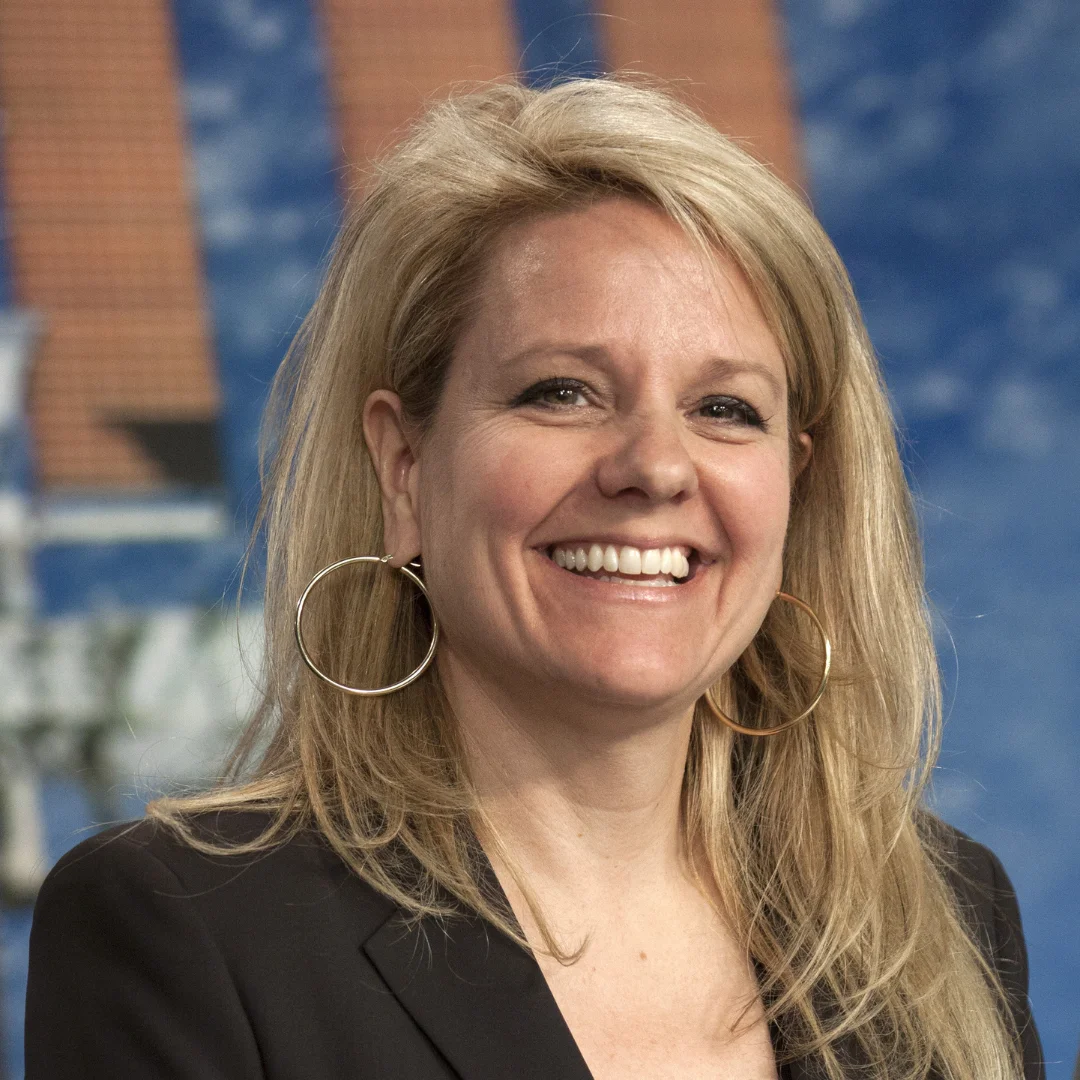
Before taking her current position, Gwynne worked at The Aerospace Corporation, where she conducted thermal analysis of structural elements and carried out thorough research. Today, Gwynne is among the top 100 most influential people in the world.
This list is not exhaustive, and if we were to count all the women who have made significant contributions to the development of technology, we would find that without them, our lives would be very different — lacking reliable communication, computer technology, and comfort.









